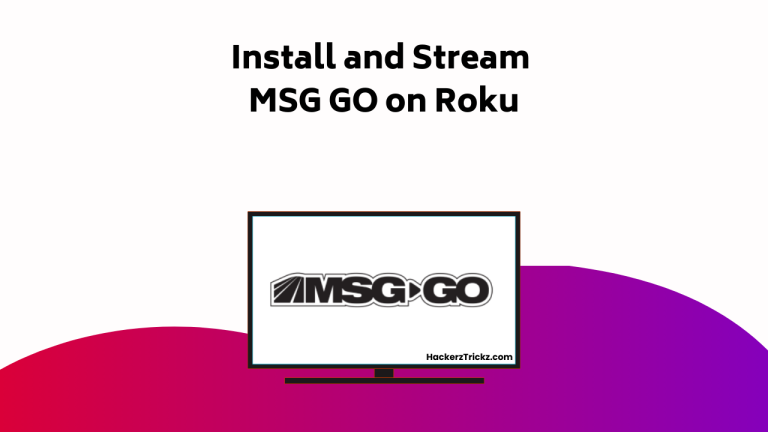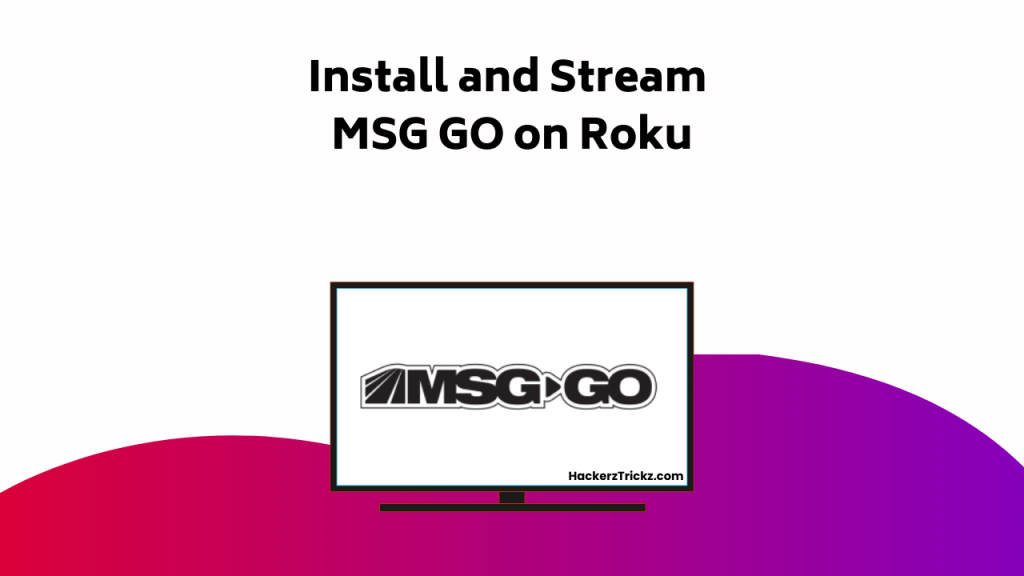Imagine you’ve just settled down for the evening, snacks in hand, ready to watch that new blockbuster on your Samsung Smart TV.
But wait, did you know you can access AMC Theatres on your device for an even wider selection of movies?
AMC Theatres offer a wide range of films, from classics to the latest releases, all at your convenience. We’ll guide you through the steps to set this up, and access an entire cinematic universe right at your fingertips.
Curious about how to get started?

Contents
- Creating an AMC Theatres Account
- Choosing Your AMC Stubs Membership
- Activating AMC Theatres on Devices
- Using AMC Theatres On-Demand App
- Device-Specific Activation Instructions
- Activating AMC on Roku
- Setting Up AMC on Apple TV
- Enabling AMC on Samsung Smart TV
- Renting and Buying AMC Movies
- Enjoying AMC Movies at Home
- Conclusion
Creating an AMC Theatres Account
To frequently enjoy the vast movie collection offered by AMC Theatres on your favorite devices, you’ll first need to create an AMC Theatres account, a quick and easy process powered by user-friendly technology.
Simply head to amctheatres.com, find the featured ‘Join AMC Stubs’ option, and select it.
You’ll be prompted to choose from Insider, Premiere, or A-List membership tiers. Be sure to set preferences that match your viewing habits to get the most value.
Once selected, complete the sign-up by entering your personal details.
If you run into any issues during registration or login, AMC provides helpful troubleshooting resources to get you back on track. With just a few steps, you’ll be ready to dive into a world of premium movie experiences across all your connected devices.
Choosing Your AMC Stubs Membership
After setting up your account, you’ll find yourself faced with the decision of which AMC Stubs membership to choose, a decision that can significantly impact your viewing experience. You have three options: Insider, Premiere, and A-List.
- Insider offers membership benefits such as free refills on large popcorn, up to $2 off tickets on Tuesdays, and 20 points for every $1 spent.
- Premiere elevates your experience with bigger discounts, priority lanes at the box office and concession, and 100 points for every $1 spent.
- A-List provides all Premiere benefits plus 3 movies every week and free online booking.
Before committing, perform a subscription comparison to guarantee you’re getting the best value for your needs and preferences. Choose wisely to unleash the full potential of AMC on your devices.
Activating AMC Theatres on Devices
Diving into the world of AMC Theatres on your device requires a simple activation process, setting the stage for a cinematic experience right at your fingertips. The activation process varies slightly depending on your device, be it Roku, Apple TV, Samsung Smart TV, or a mobile device. Troubleshooting activation issues usually involves entering the unique code displayed on your screen at amctheatres.com/activate.
Once you’ve activated AMC Theatres on your device, you’re free to start exploring movie genres. Choose from an array of classics, new releases, and everything in between. If you’re facing any glitches, don’t fret. Most problems are easily solvable with a quick reset or code re-entry. Now, sit back, relax, and let AMC Theatres transform your device into a personal movie theatre.
Using AMC Theatres On-Demand App
Once you’ve successfully activated AMC Theatres on your device, the door opens wide to a world of cinematic enjoyment with the AMC Theatres On-Demand app. This user-friendly interface allows you to navigate through a vast array of movie genres, guaranteeing you’ll find something to suit every mood and preference.
Troubleshooting activation issues become a breeze with their comprehensive help section.
Exploring movie genres is an exciting adventure as you dive into action, drama, romance, or horror.
Seamless playback guarantees your movie nights go uninterrupted.
Device-Specific Activation Instructions
Let’s explore the specific steps you’ll need to follow to activate AMC Theatres on your chosen device, whether it’s a Roku, an Apple TV, or a Samsung Smart TV. Understanding device compatibility is essential as each device has a unique process for activation.
For Apple TV, you’ll find the app in the App Store, install it, record the activation code, and activate it on AMC’s website.
For Samsung Smart TV, press Smart Hub on your remote, download the AMC app, jot down the code, and activate it on the designated site.
If you encounter any issues during this process, don’t panic. There are troubleshooting tips available to assist in resolving common problems. With these steps, you’re well on your way to enjoying a vast array of AMC movies on your device.
Activating AMC on Roku
Continuing with the activation process, if you’re a Roku user, activating AMC Theatres on your device is a straightforward task that can be accomplished in a few steps. You’ll need to:
- Open the Roku Channel Store, search for AMC Theatres, and add the channel.
- After adding, open the channel to view the activation code.
- Visit www.amctheatres.com/activate on a web browser, enter the activation code, and follow the prompts.
When activating Roku channels, it’s important to make sure a stable internet connection and that you’re logged into your AMC account. If you’re facing any troubleshooting activation issues, consider restarting your device or checking your activation code.
Setting Up AMC on Apple TV
For Apple TV owners, setting up AMC Theatres on your device is an effortless process that brings a world of entertainment right to your fingertips. First, go to the App Store and search for AMC Theatres. Install the app and open it to get your unique activation code. This code is the key to setting up streaming services on your Apple TV.
Next, launch a web browser and visit amctheatres.com/activate. Enter the activation code and follow the prompts. If you encounter issues, start troubleshooting connections. Check your internet connection, make sure your Apple TV software is updated, and verify the activation code.
With the AMC app now activated, explore a vast library of movies and shows. Enjoy the convenience and pleasure of AMC Theatres right in your living room.
Enabling AMC on Samsung Smart TV
Just as you can enjoy AMC Theatres on your Apple TV, your Samsung Smart TV also offers a straightforward process to bring this exciting world of cinema into your home. Setting up Samsung Smart TV for AMC involves a few key steps, which are:
- Navigate to the ‘Smart Hub’ on your TV.
- Search for the ‘AMC Theatres’ app and install it.
- Open the app and note the activation code that appears.
Once you’ve got the app installed and the activation code, the next step is to visit ‘amctheatres.com/activate’ on a separate device and enter your code to complete the activation.
If you run into any issues during this process, troubleshooting connectivity could involve checking your internet connection or ensuring your TV’s software is up-to-date.
Renting and Buying AMC Movies
Once you’ve activated the AMC Theatres On-Demand app on your device, you’re ready to delve into a world of cinematic entertainment by renting or purchasing movies directly from their extensive catalog.
This digital entertainment platform takes your movie night to a new level by offering a broad range of films to suit every taste. Here’s how it works: Delve through the diverse library of blockbuster hits, award-winning dramas, and hidden indie gems.
Next, decide whether to rent or buy. Rentals give you a 48-hour window to watch, perfect for a one-time viewing. Buying a movie, on the other hand, means it’s yours to keep, ready for repeated viewings.
In both cases, you’ll enjoy high-quality streaming, ensuring an immersive, cinema-like experience right at your fingertips.
Enjoying AMC Movies at Home
After setting up the AMC Theatres On-Demand app on your device and exploring the extensive catalog of films, you’re ready to transform your living room into your personal AMC theatre. With the app, you can bring the magic of AMC to your home entertainment system, expanding your streaming options like never before.
With a simple touch, you can:
- Rent or buy movies from AMC’s vast selection
- Enjoy high-definition streaming, bringing the cinema experience to your home
- Access the app on a variety of devices, including Roku, Apple TV, and Samsung Smart TV.
Conclusion
You’ve now opened the magic of cinema right at your fingertips! With AMC Theatres activated on your favorite devices, you’ve turned your living room into a personal movie theater.
From renting to buying, your cinematic journey is just a click away. Enjoy the thrill of blockbusters, the heart-tug of dramas, and the joy of comedies anytime you like.
So, grab your popcorn and dim the lights, it’s showtime with AMC – your new home for movie magic!



















